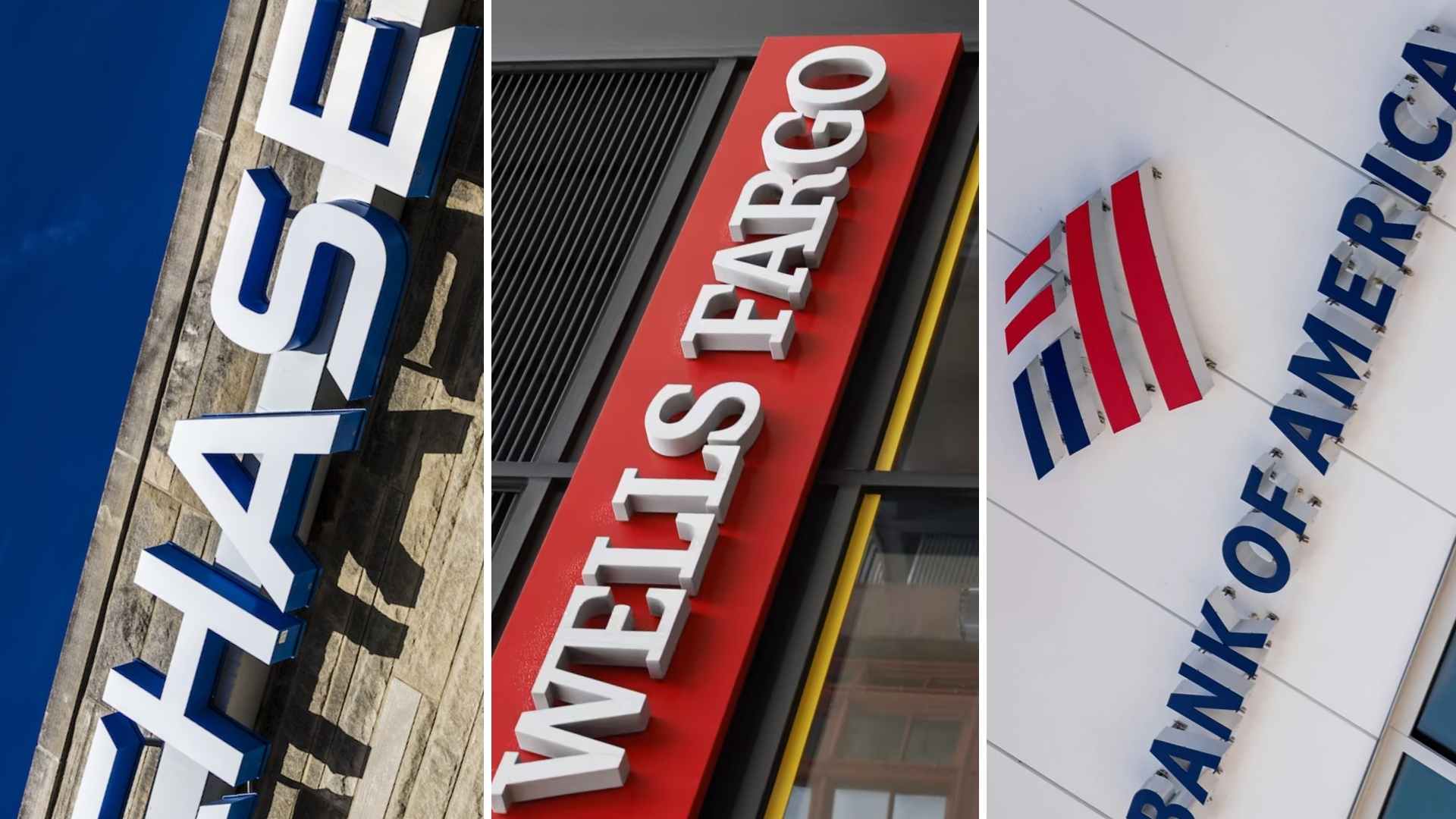Increasing closures at Bank of America, Chase, and Wells Fargo have drawn attention across multiple states. Consumers wonder whether this trend might signal broader shifts in financial services.
Several east coast TD Bank branches recently announced closure plans in at least 10 states. Shortly after, Bank of America, Chase, and Wells Fargo filed the necessary paperwork to shutter even more locations. Bank of America led the pack in 2024, closing 168 branches and showing no sign of slowing down this year. Chase followed suit, matching some of Bank of America’s timelines with nine additional closures. Meanwhile, Wells Fargo reported 23 closures so far in 2025, plus 32 more proposed.
Why major banks continue to close more branches in multiple American states
Industry experts point to a combination of factors behind these closures: stricter regulatory requirements, rising operating costs, and the overwhelming popularity of digital banking. Higher interest rates have also hurt banks’ bottom lines, affecting investment portfolios and prompting budget cuts. All of this has contributed to an uptick in branch closures that many observers expect to continue.
Below is a brief table summarizing some recent closures:
| Bank Name | 2024 Closures | Additional 2025 Closures |
|---|---|---|
| Bank of America | 168 | 9 |
| Chase | Not disclosed | 9 |
| Wells Fargo | 23 | 32 |
Understanding how higher interest rates and digital trends influence banking decisions
As interest rates climb to combat inflation, existing bonds with lower rates lose value, potentially shrinking a bank’s capital. This stress on resources can lead financial institutions to cut costs by closing branches with lower foot traffic. Meanwhile, a growing preference for mobile services encourages banks to invest more in digital tools, reducing the need for brick-and-mortar locations. But what does this mean for the average consumer?
In particular, older Americans may struggle with app-based transactions, preferring in-person support for sensitive financial matters. Still, the Federal Reserve mandates banks give 90 days’ notice before closing a branch, providing time for customers to adapt or seek alternative institutions.
Possible long-term outcomes for consumers facing a branch closure near home
Some users may embrace online banking conveniences, while others could switch to banks with more accessible branches. The shift might lead to longer wait times at the remaining locations. Ultimately, the dwindling number of physical branches seems destined to continue as the banking sector leans into modern technology.
If you’re wondering how to stay prepared, consider the following list:
- Keep track of announcements from your local bank
- Explore other nearby institutions or credit unions
- Sign up for mobile banking alerts and updates
Staying informed can help you navigate the changing landscape. While closures can pose challenges, they also highlight the growing role of digital solutions. Banks are increasingly adapting to online demands, and consumers may need to adjust in turn.
| Possible Adaptation Strategies | Key Benefit |
|---|---|
| Enroll in Mobile Apps | Faster, 24/7 Access |
| Maintain Multiple Accounts | Flexibility & Convenience |
In the end, the reality is that cost pressures and a digital-first future appear to be driving ongoing bank branch closures. Still, individuals retain several options to manage their finances effectively without a local brick-and-mortar branch.

